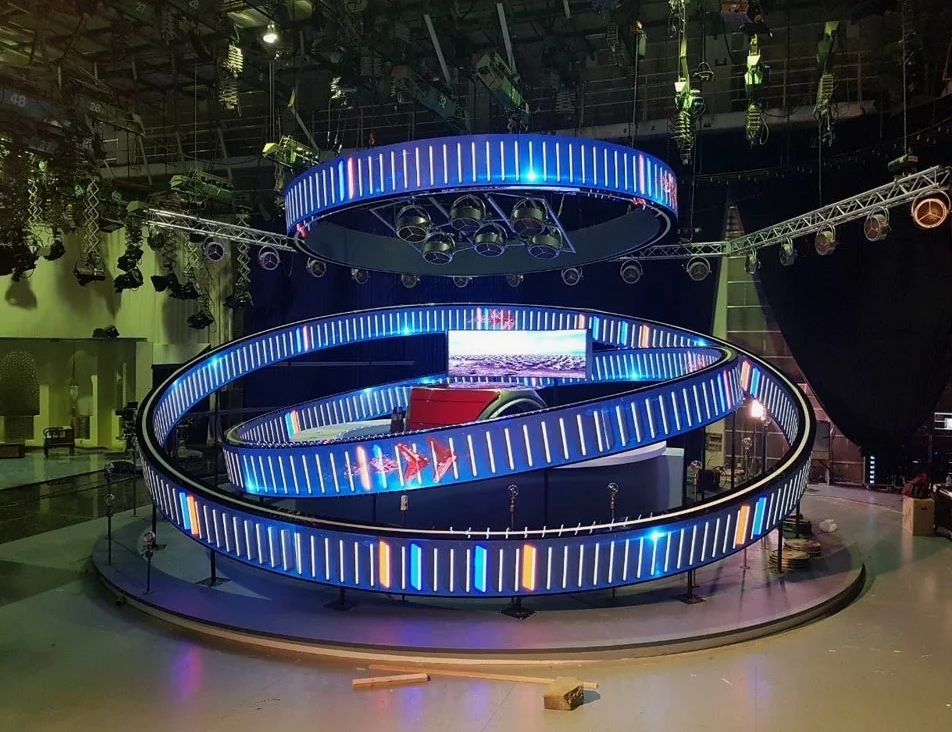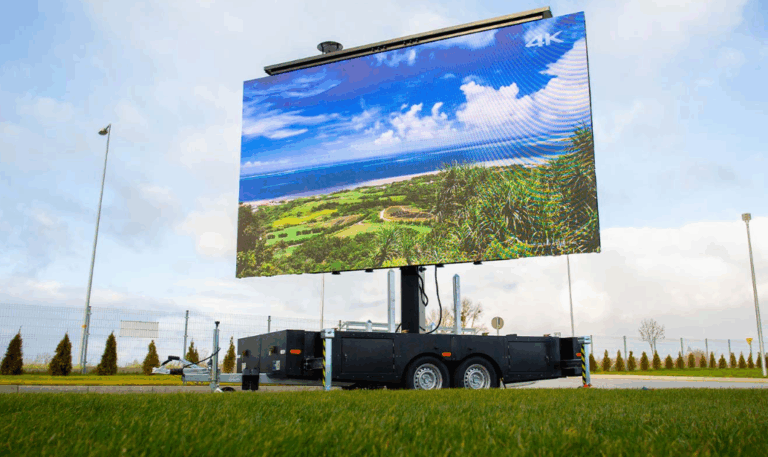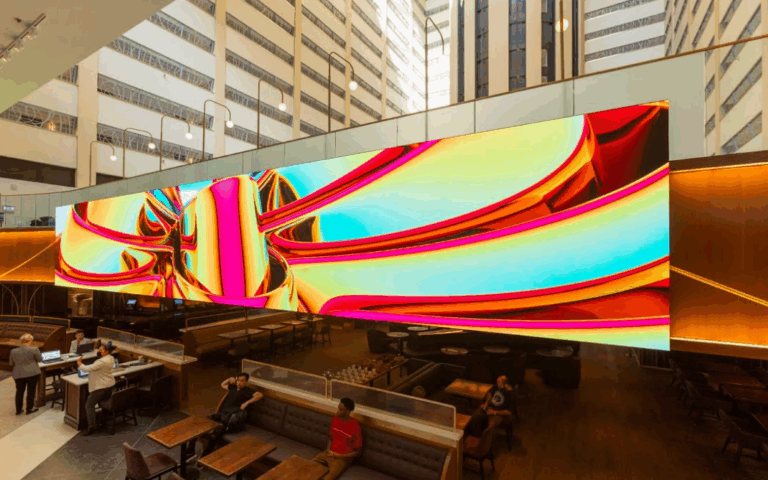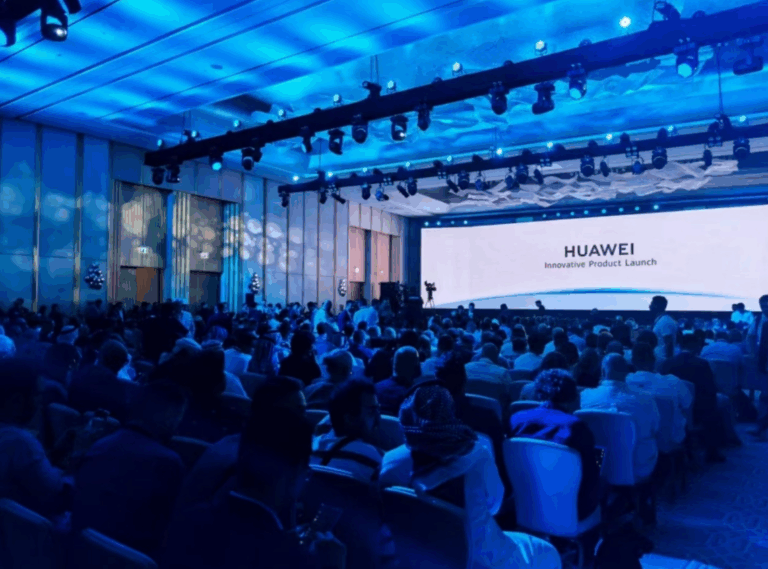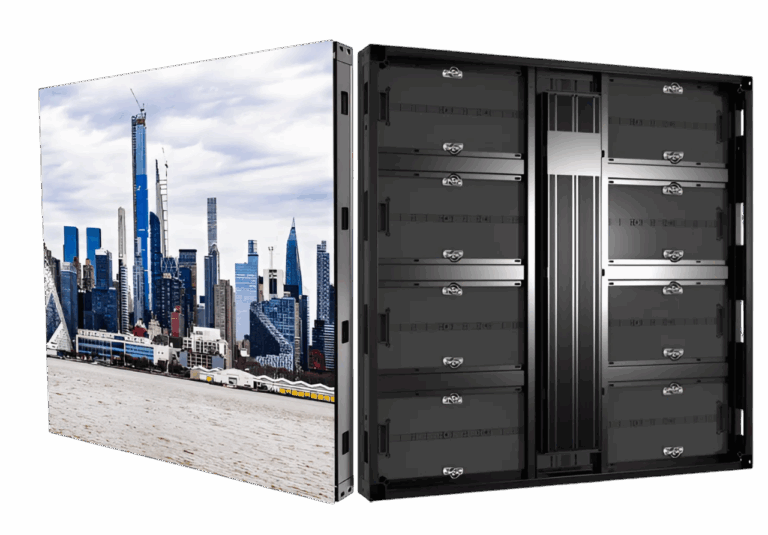Table of Contents
-
Definition & Comparison: Custom vs. Standard LED Displays
-
Why Are More Businesses Choosing Custom Solutions?
-
Common Application Scenarios
-
Core Technology Breakdown
-
Popular Types of Custom LED Displays
-
How to Plan a Successful Custom LED Display Project
-
How to Choose a Reliable Custom LED Supplier
-
FAQ: Frequently Asked Questions
-
Conclusion: Unlocking the Infinite Possibilities of Custom LED Displays
In today’s era where personalization and visual impact are king, cookie-cutter LED displays are no longer satisfying businesses’ growing appetite for creativity and uniqueness. When off-the-shelf products can’t hold your imagination, customization becomes the key to a new world of visual expression!
As the competition for attention intensifies in this information-saturated world, custom LED displays have become vital tools for brand storytelling, immersive experiences, and smart spaces. Compared to standard LED displays, custom solutions offer flexibility, creativity, and seamless integration with various environments—ushering in a global “visual revolution.”
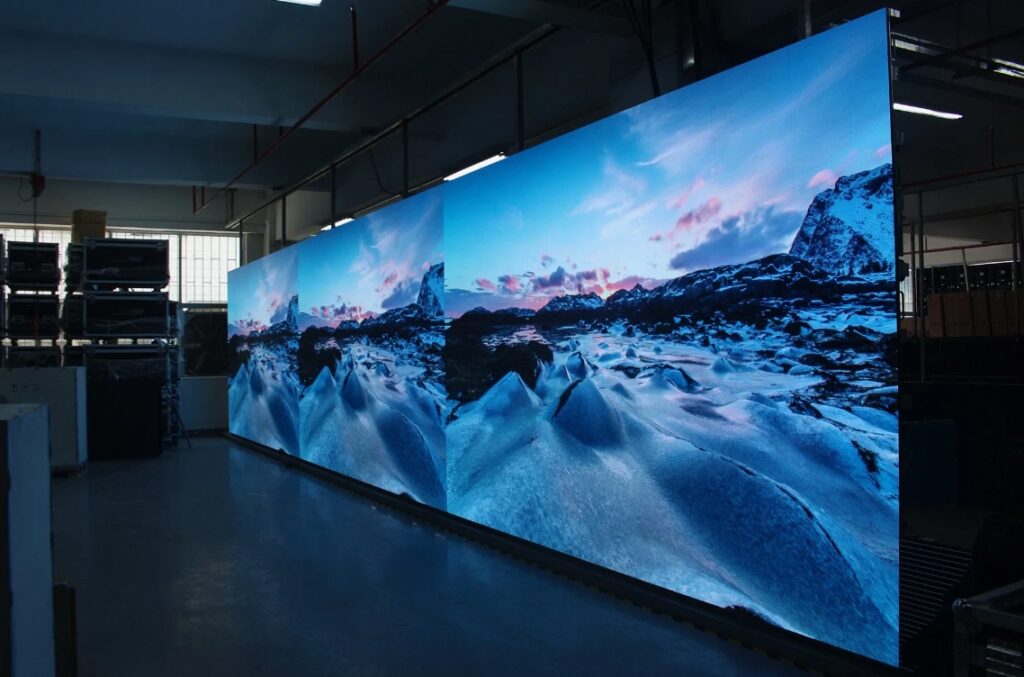
1. Definition & Comparison: Custom vs. Standard LED Displays
Standard LED displays come in pre-set sizes, resolutions, and specs—ideal for quick deployment and basic ad use. Custom LED displays, on the other hand, are tailor-made to meet specific needs, such as spatial constraints, creative design, or interactive functions. They defy limits on size, shape, or usage, enabling “what you imagine is what you get.”
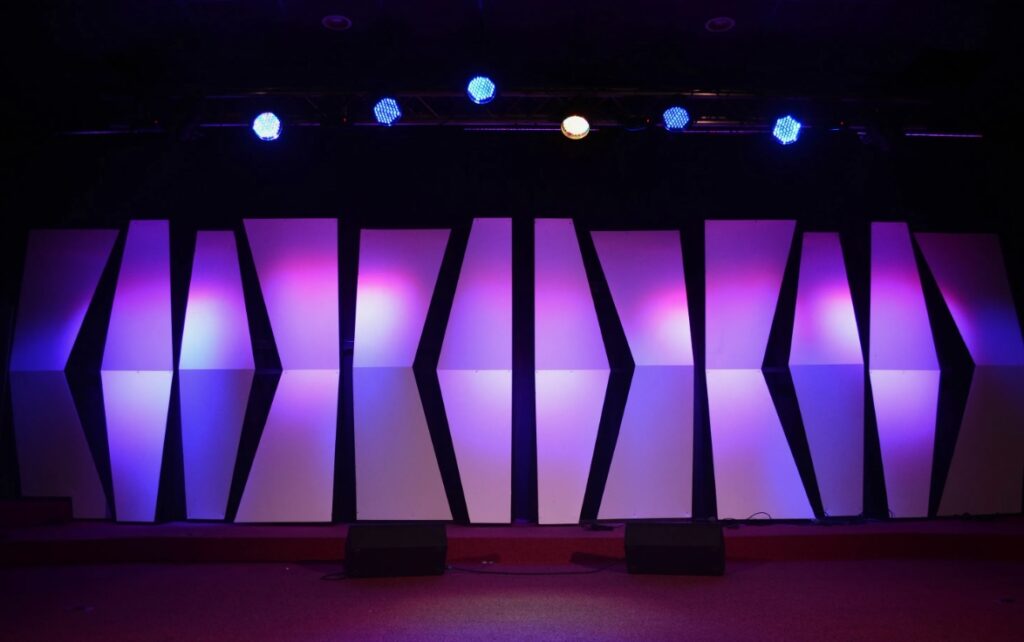
2. Why Are More Businesses Choosing Custom Solutions?
According to Statista, the global LED display market is projected to exceed $35.6 billion by 2027, with custom solutions growing faster than standard products (Source: Statista).
Key reasons for choosing custom LED displays:
-
Brand Differentiation: Stand out from competitors with unique visual identities.
-
Adaptability: Tailored to complex structures like pillars, curved walls, or glass façades.
-
Interactive Features: Supports touch, motion, AR, and more.
-
High ROI: Long-lasting designs with flexible updates and scalability.
3. Common Application Scenarios
-
Stage & Event Backdrops:
Giant 3D LED walls and interactive floors create immersive visual storytelling. -
Retail Stores & Window Displays:
Transparent screens keep visibility intact and attract foot traffic. Flexible screens form curved surfaces to boost dwell time. -
Education, Conference & Control Rooms:
Custom displays meet high-res, multi-input, and interactive needs. -
Architectural Façades & Irregular Structures:
Shaped LED screens (spheres, columns, waves) blend with architecture to create “buildings that advertise.”

4. Core Technology Breakdown
-
Modular Design & Seamless Splicing:
Like LEGO blocks, multiple LED modules are combined to form unique structures, ensuring smooth, gapless displays. -
Shaped Cutting & Flexible Materials:
Circular, S-shaped, or wavy screens require precision cutting or the use of bendable PCBs and silicone masks. -
Control Systems & Content Management:
Going beyond USB playback, these displays use advanced software platforms for remote control, scheduling, and multi-screen sync. -
Color Calibration & Image Processing:
Maintains color and brightness uniformity even on massive displays. -
Heat Dissipation & Protection Ratings:
Tailored for challenging environments, with IP65/IP67 protection and efficient thermal design for durability and safety.
5. Popular Types of Custom LED Displays
| Type | Application Scenarios |
|---|---|
| Shaped Screens | Museums, art centers, brand launches |
| Transparent Screens | Shop windows, mall façades |
| Floor Screens | Concerts, exhibitions with interactive experiences |
| Flexible Screens | Curved walls, creative spaces |
| COB Encapsulation | High-end meeting rooms, premium commercial displays; offers durability, waterproofing, and refined picture quality |
6. How to Plan a Successful Custom LED Display Project
a. Define a Clear Project Plan
-
Clarify Needs:
-
What’s the desired size/resolution?
-
Indoor or outdoor? Fixed or mobile?
-
What’s the lighting condition? Budget?
-
-
On-site Survey:
-
Installation site & load-bearing capability
-
Light exposure and temperature/humidity levels
-
-
Content Strategy:
-
What do you want to display—video, images, or data?
-
Any interactive or creative features?
-
b. The Design Process
-
Structural Engineering:
Ensures screen stability for unique shapes and sizes. -
Circuit & Signal Design:
Plans stable signal transmission across complex layouts. -
Aesthetics & Integration:
Harmonizes screen design with surroundings. -
Safety & Protection:
Ensures compliance with IP ratings, fire safety, and electrical reliability.
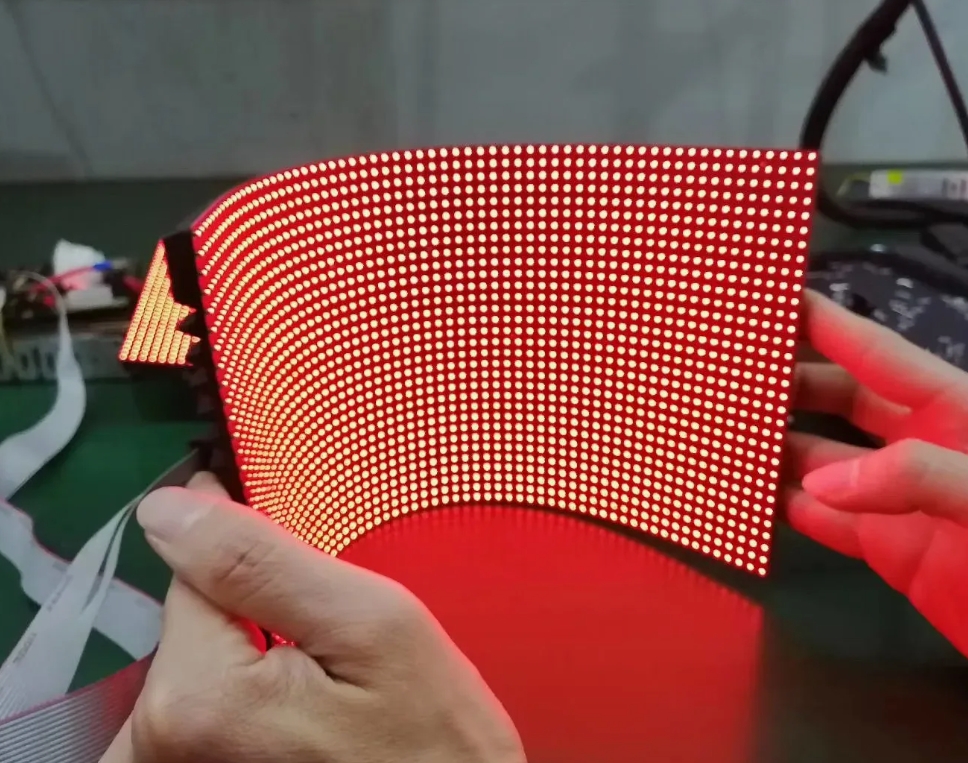
c. Manufacturing
-
Custom Module Fabrication:
Uses advanced SMT (Surface Mount Technology) to place LED chips accurately. -
Frame & Cabinet Assembly:
Precision-machined to fit every unique shape seamlessly. -
Aging Test & QC:
Every screen undergoes rigorous tests (typically 72 hours or more) to ensure brightness, color consistency, and stability.
d. Installation & Commissioning
-
Importance of a Professional Team:
High-altitude work and complex wiring demand experience. -
Brackets & Anchoring:
Securely installs support structures tailored to the environment. -
System Integration & Content Upload:
Engineers fine-tune systems and upload dynamic content once installation is complete.
7. How to Choose a Reliable Custom LED Supplier?
| Evaluation Criteria | Key Considerations |
|---|---|
| Technical Expertise | In-house R&D and complete manufacturing capabilities |
| Past Projects | Proven experience in large-scale deployments |
| Certifications | CE, FCC, RoHS, and other international standards |
| Service Range | Full-service capabilities from design to installation |
| Export Experience | Familiarity with logistics and international project delivery |
8. FAQ: Frequently Asked Questions
Q1. How long is the delivery time for custom LED displays?
Depends on complexity and scale—simple builds may take a few weeks, while large, shaped screens can require 2–3 months or more.
Q2. What’s the difference between indoor and outdoor custom displays?
Outdoor displays need higher brightness (5,000–10,000 nits), better protection (IP65/IP67), and superior heat dissipation. Indoor units focus more on clarity, viewing angles, and quiet cooling.
Q3. Can I control the screen remotely or add interactive features?
Absolutely. Many systems support remote control via mobile apps, centralized PC management, and interactive elements like touch, motion sensors, or AR. Make sure to discuss this early with your supplier.
9. Conclusion: Unlocking the Infinite Possibilities of Custom LED Displays
A custom LED display is more than just a screen—it’s a limitless platform for creative expression and a powerful asset for brand enhancement. Choosing customization means standing out, telling your story in dazzling visuals, and capturing your audience’s attention like never before.
If you’re ready to build a screen that’s truly yours, there’s no better time to start than now.


